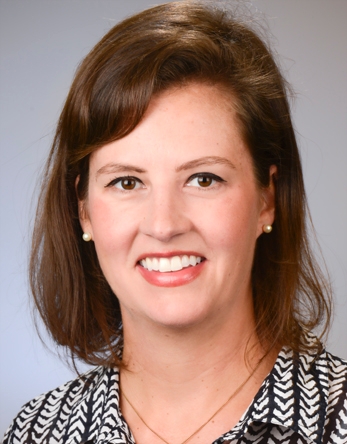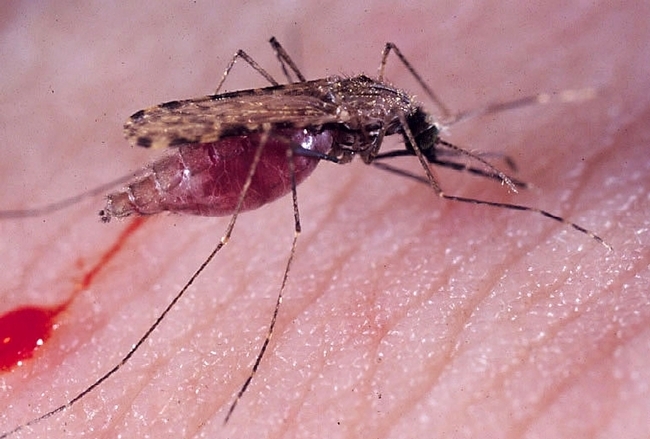- Author: Kathy Keatley Garvey

Spotlighted are parasitologist and entomologist Shirley Luckhart, professor in the UC Davis School of Medicine's Department of Medical Microbiology and immunology and the Department of Entomology and Nematology; medical entomologist Gregory Lanzaro, professor, Department of Pathology, Microbiology and Immunology (PMI), UC Davis School of Veterinary Medicine, and an associate of the UC Davis Department of Entomology and Nematology; chemical ecologist Walter Leal, professor in the UC Davis Department of Molecular and Cellular Biology and former chair of the UC Davis Department of Entomology; virologist Lark Coffey of PMI; and UC Davis post-doctoral researcher Young-Moo Choo of the Leal's lab who discovered a receptor by dissecting mosquitoes' mouthparts and genetically testing them.

The KQED piece, drawing widespread interest, is the work of Gabriela Quirós, coordinator producer of Deep Look, KQED Science.


Luckhart said that the mosquitoes detect body heat and substances called volatile fatty acids. “The volatile fatty acids given off by our skin are quite different," Luckhart told Quirós. "They reflect differences between men and women, even what we've eaten. Those cues are different from person to person. There's probably not one or two. It's the blend that's more or less attractive.”
“Mosquitoes don't find the blood vessel randomly," Leal said, pointing out that the receptors respond to chemicals in the blood.
The receptor that the Leal lab discovered is called 4EP, and may lead to drug companies developing new mosquito repellents. “First they'd need to find a repellent against the receptors," Choo told Quirós. "Then they'd treat people's skin with it. When the mosquito tried to penetrate the skin, it would taste or smell something repulsive and fly away.”
Lanzaro said that the latest malaria statistics--more than 300 million people contracted malaria in 2015, and some 635,000 died--are "probably an underestimate."



